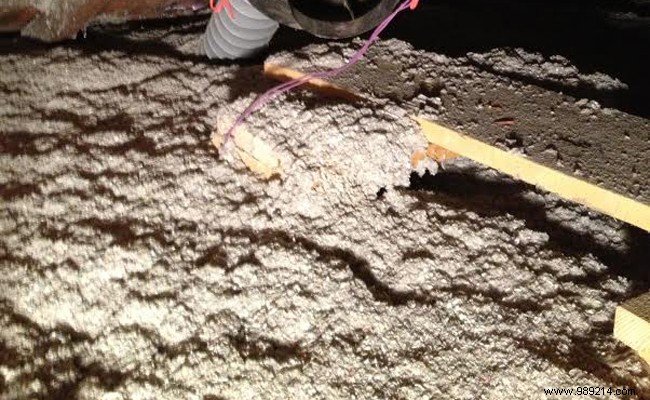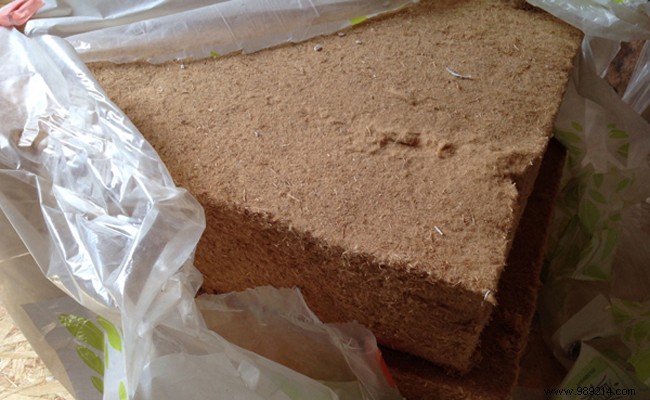Attic insulation is important in a home because it allows you to save energy and live comfortably. Whether you are at the construction or renovation stage, the installation of good insulation must be a priority. The ideal is to opt for an ecological insulation that has a better eco-balance than synthetic or mineral insulation.

Opting for an ecological insulation allows you to benefit from various advantages. Indeed, they have a better permeability to water vapour, which allows the walls to "breathe". This eliminates the risk of condensation and provides a good airtight seal. The ecological solution also has a positive impact on the environment because the insulation is made from renewable and recyclable raw materials. They have little impact on internal air quality.
There is a wide variety of ecological insulation on the market. Among the criteria taken into account to choose the right ecological insulation, we note in particular the phase shift, the thermal conductivity or lambda, as well as the acoustic properties. The phase shift is the time required for the heat to penetrate inside the habitat. In summer, for example, insulation stores nighttime cool before releasing it during the day to stabilize the temperature. The phase shift should be at least 10 hours. Thermal conductivity is the insulation's ability to transmit heat. The lower the lambda coefficient, close to zero, the more insulating the material.
Cellulose wadding (photo above) is an insulator with an excellent quality-price ratio. It is made mainly from recycled newspapers. It hardly loses thermal resistance and has excellent fire resistance. Its thermal conductivity varies from 0.039 to 0.043 with a phase shift of up to 12 hours. Moreover, the acoustic property of cellulose wadding is considered the best. Its lifespan is estimated at more than 80 years.

Wood wool (opposite) is appreciated for its simplicity and efficiency. It is made from wood fiber. It comes in the form of rigid, semi-rigid or loose panels to be poured. The phase shift can reach up to 15 hours with an estimated thermal conductivity between 0.036 to 0.045. Wood wool, also called wood crimp or wood straw has very good acoustic qualities. In addition, wood fiber is generally associated with other insulating materials, including hemp.
Hemp is also offered as a full-fledged insulation with average skills. The average phase shift is 8 hours with a lambda coefficient of around 0.044.
We used to use sheep's wool in textiles and less so in construction. As insulation, it is presented in bulk, in rolls and in semi-rigid panels. Its thermal conductivity is estimated between 0.039 and 0.042. Its phase shift is less convincing with only 5 hours. In the same category, we also find cotton wool, recycled textile wool or duck feathers.